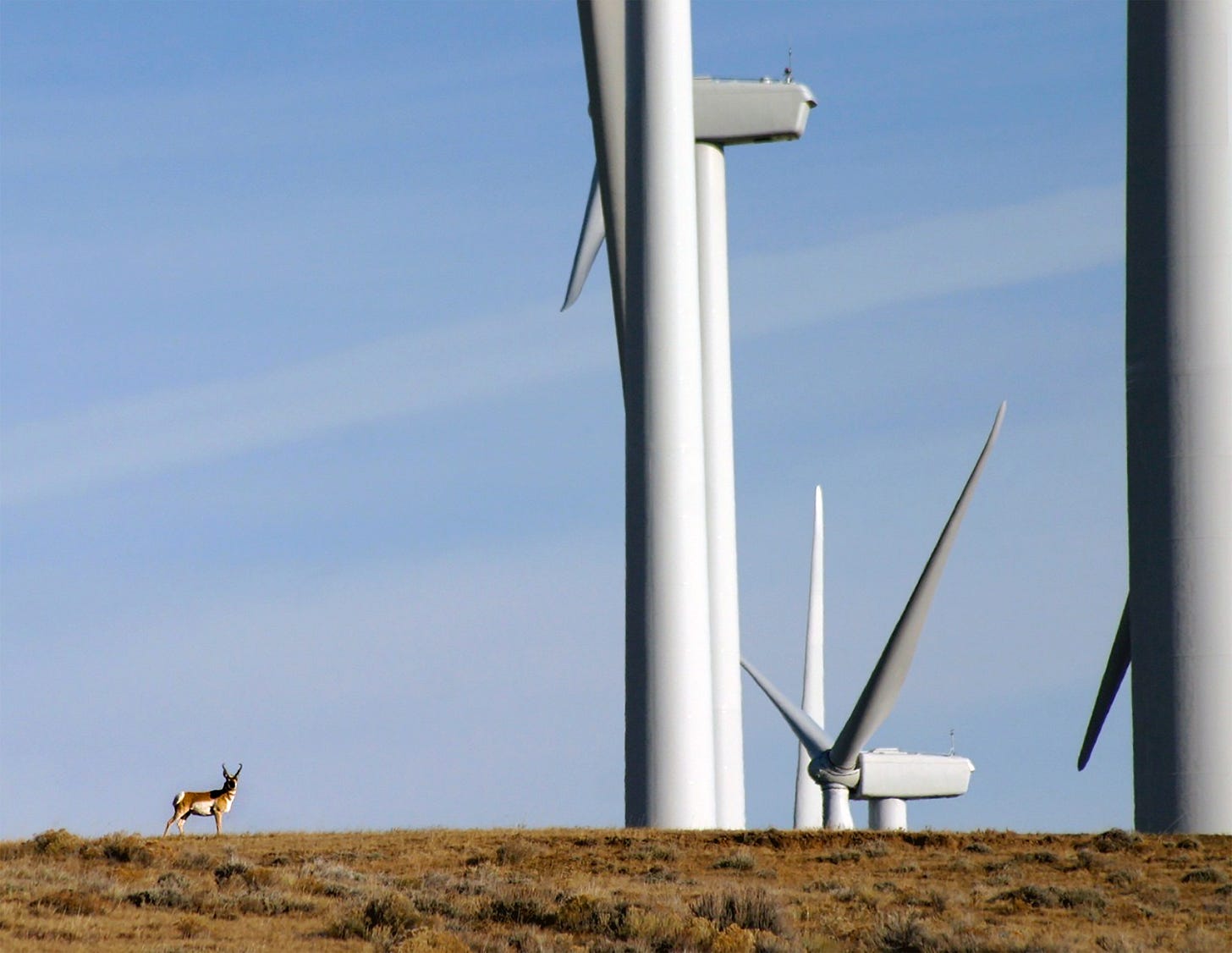The Energy Transition and Public Lands, Part III
Also: Another settlement in the Gold King Mine blowout case

A recap of Part I and Part II: Climate change is wreaking havoc on the electricity grid as extreme heat spurs an increase in demand for p…
Keep reading with a 7-day free trial
Subscribe to The Land Desk to keep reading this post and get 7 days of free access to the full post archives.

